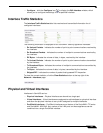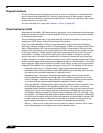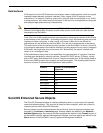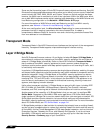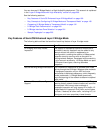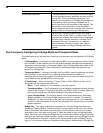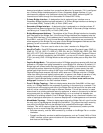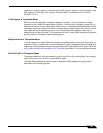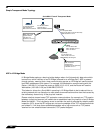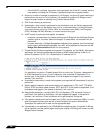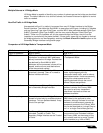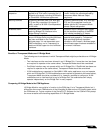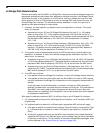
Network > Interfaces
193
SonicOS 5.8.1 Administrator Guide
interface or through a reboot. Once the router’s ARP cache is cleared, it can then send a new
ARP request for 192.168.0.100, to which the SonicWALL will respond with its X1 MAC
00:06:B1:10:10:11.
VLAN Support in Transparent Mode
While the network depicted in the above diagram is simple, it is not uncommon for larger
networks to use VLANs for segmentation of traffic. If this was such a network, where the link
between the switch and the router was a VLAN trunk, a Transparent Mode SonicWALL would
have been able to terminate the VLANs to subinterfaces on either side of the link, but it would
have required unique addressing; that is, non-Transparent Mode operation requiring re-
addressing on at least one side. This is because only the Primary WAN interface can be used
as the source for Transparent Mode address space.
Multiple Subnets in Transparent Mode
It is also common for larger networks to employ multiple subnets, be they on a single wire, on
separate VLANs, multiple wires, or some combination. While Transparent Mode is capable of
supporting multiple subnets through the use of Static ARP and Route entries, as the Technote
http://www.sonicwall.com/us/support/2134_3468.html describes, it is not an effortless process.
Non-IPv4 Traffic in Transparent Mode
Transparent Mode will drop (and generally log) all non-IPv4 traffic, precluding it from passing
other traffic types, such as IPX, or unhandled IP types.
L2 Bridge Mode addresses these common Transparent Mode deployment issues and is
described in the following section.



